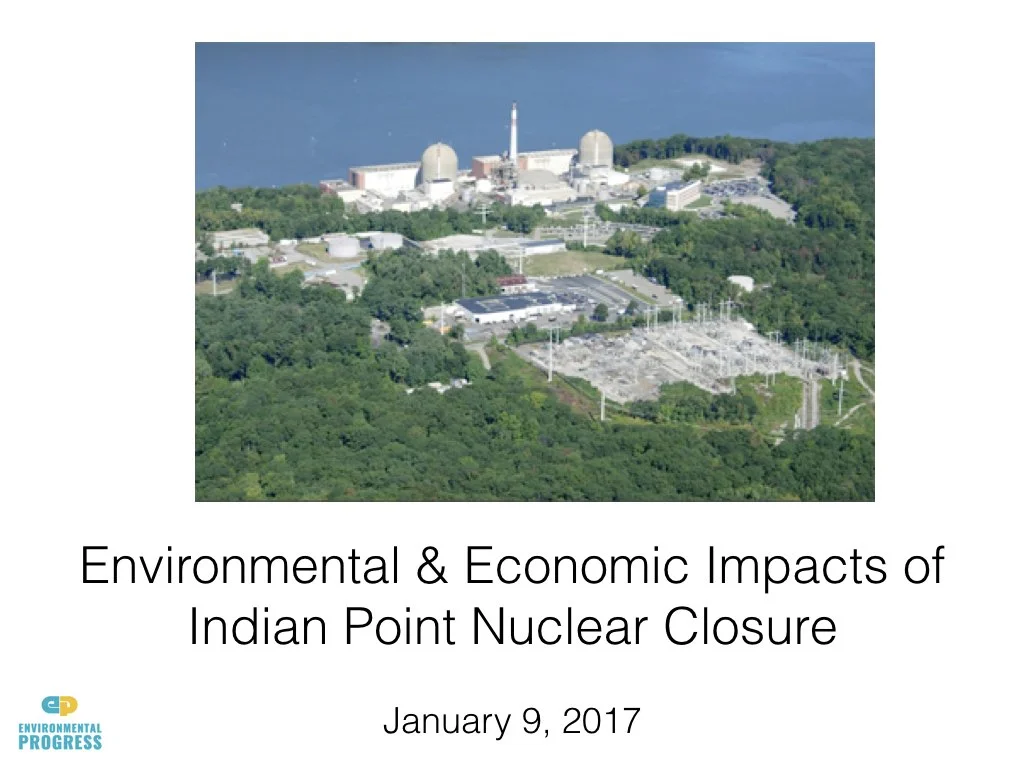The looming insolvency of Toshiba has set off a chain reaction of events that now threatens the existence of nuclear power in the West.
The Japanese and French governments will be compelled to act for economic reasons — their nuclear industries are too important to their economies to fail.
Even though it lacks its own nuclear industry, Britain is emerging as the strongest of the three nations because it has a significant number of planned nuclear plants that involve Japanese and French companies.
The new conservative government of Theresa May has expressed more interest in industrial policy than prior conservative governments, and has already begun talks with the Japanese government about the UK government coming in as an investor on two of its planned plants.
The question is whether anyone in the three governments will have the vision and strength to make the right choices. The right choices will be the most difficult ones because they will require standing up first to the nuclear industry and next to ideologues on the Left and the Right.
But crises bring opportunities and there are large ones for reformers within the industry and within governments to do what should have been done 40 years ago: standardize designs, reorganize and consolidate the industry, and implement a vision to scale up plants while bringing down costs.
They can take inspiration from the success of Boeing, and the courage of Sully.
Read More





















